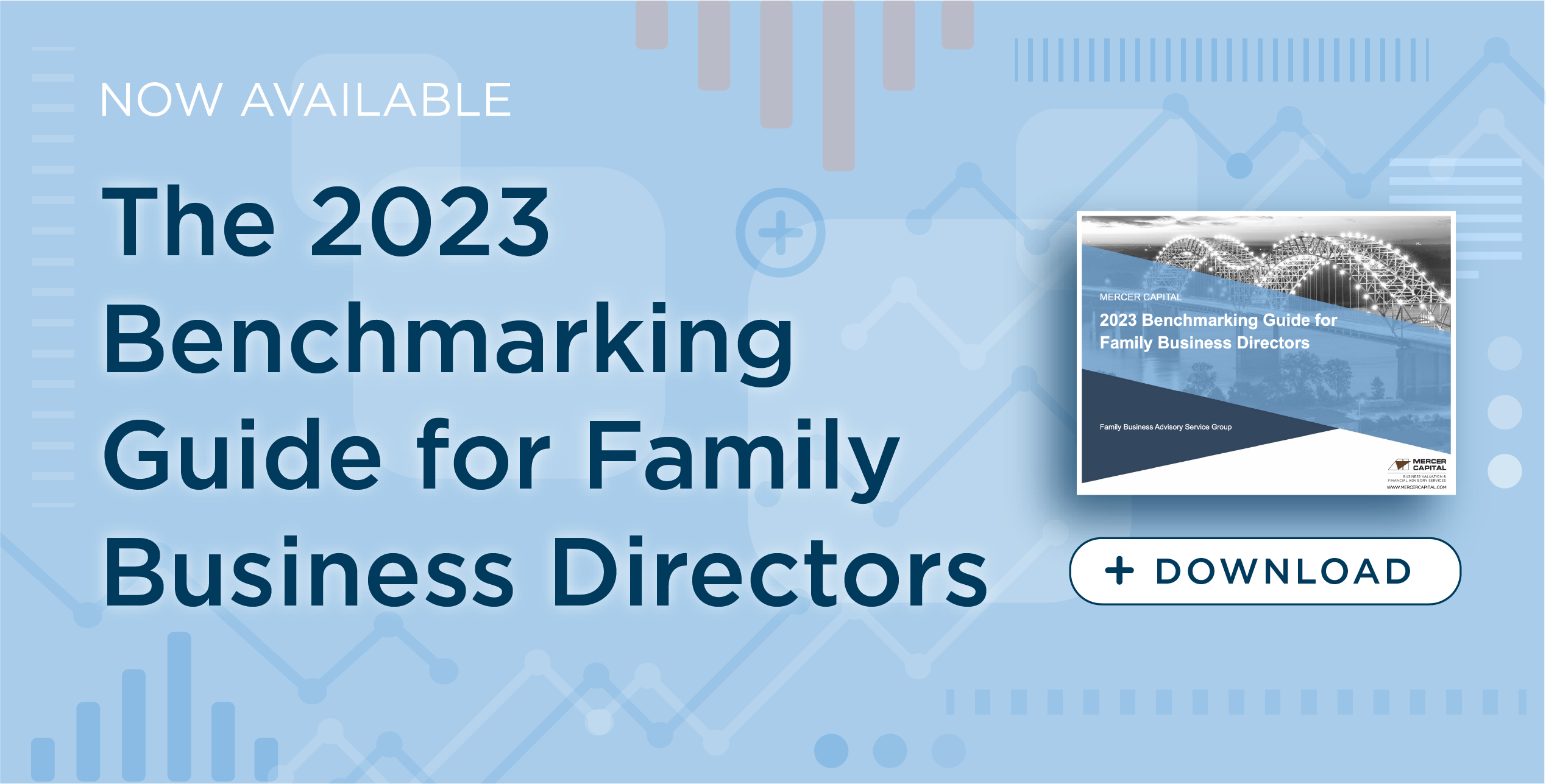Buy-Side M&A Opportunities in the Aftermath of the COVID-19 Pandemic
As we write this in early June 2020, the United States and the rest of the world continue to grind through an unprecedented economic disruption caused by the COVID-19 pandemic. While glimmers of hope have begun to be seen and some level of economic activity is beginning to come back, predictions for longer-term negative economic impacts have also become more prevalent.
The initial thoughts of a quick V-shaped recovery have been replaced in all but the most optimistic minds with a more nuanced consideration of how this situation will impact businesses within different industries and geographic areas over the next several years. In some of the most hard-hit industries, we are already beginning to see what is expected to be a prolonged surge in corporate restructurings and bankruptcy filings. In just the past two months, several well-known retail and travel companies (Hertz, J.C. Penney, J. Crew, Pier One – just to name a few) have initiated bankruptcy processes.
Acquisition opportunities are likely to be on the horizon over the next few years, most likely at attractive valuations for acquirers.
While these economic difficulties will likely have a wide impact, most mature, well-capitalized family businesses should survive – maybe not unscathed completely – but certainly in a strong enough position to remain viable through this downturn. With some forward (and perhaps even bold) thinking, some companies could do better than just survive. That’s right, while it may be difficult to think past the day-to-day of operating in the current environment, acquisition opportunities are likely to be on the horizon over the next few years, most likely at attractive valuations for acquirers.
The M&A market has been primed for increased volumes for many years due to the generational shift of baby boomers out of private company ownership. While such ownership transition is often accomplished via transfers within a family or an existing ownership group, it is also at times accomplished through the sale of the business to an outside party. Some studies have suggested that as many as 10 million businesses will change ownership for this reason over the next ten to fifteen years. Adding the economic disruption and uncertainty of the current environment to this generational reality will likely, at some point, add even more haste to the search for liquidity amongst private company owners.
Many businesses, especially those that were less than ideally situated entering this environment, will not have the operational capabilities and/or the financial capital to survive through the downturn. As noted above, the beginnings of what is expected to be a significant wave of corporate restructurings and bankruptcy filings has already been seen in some industries. If the V-shaped recovery is not achieved, then it is likely that the threat of bankruptcy will expand more widely throughout the economy. At some point – not today, but at some point in the near future – the path of least resistance (and best outcomes) for many struggling businesses will be to seek relief through an M&A process.
A down market, even one accompanied by a deep recession, can be an ideal buyers-market.
While a quick view of the current public equity markets might lead one to believe that asset values are on the path of a sustained recovery that began in late March, the underlying economic situation suggests that, for companies in most industries, valuations are likely to be restrained for the foreseeable future. A down market, even one accompanied by a deep recession, can be an ideal buyers-market, as the lower pricing reduces the hurdle for generating shareholder returns.
If the buyer in a distressed M&A deal has the financial wherewithal to withstand a short-term downturn, it should lead to enhanced returns as the economy recovers. This has been seen historically in most every economic recession, including the Great Recession of 2008-2009. Buyers who are able to time acquisitions correctly, paying reduced multiples while also enjoying the benefits of economic recovery, earn greater returns than those that are either too early or too late to the market. Of course, just because markets have behaved a certain way in the past does not mean they will behave the same way this time around. Our past economic downturns have generally been of a strictly financial nature, while our current predicament is both a financial crisis and a health crisis.
The outcome of the current health crisis will, in many ways, determine the who, what, when, where, and how of the financial crisis. Acquisitions in this environment must be analyzed thoroughly to consider whether the potential long-term value of the acquired business outweighs the short-term (and potentially longer-term) risks. Businesses and industries that face extended or permanent disruption from the pandemic and its impact on everyday life clearly carry much more risk than other businesses that are only expected to be impacted temporarily and in-line with the general economy.
There is still substantial uncertainty about how the current health and financial crisis will be resolved. Only the bravest of risk takers would be active acquirers at this point, but it might be an ideal time to formulate a strategic plan regarding expansion through acquisition. At some point soon, the balance between risk and value will sway, which should create the same type of acquisition opportunities that we have seen in past economic recoveries.
 Family Business Director
Family Business Director 











